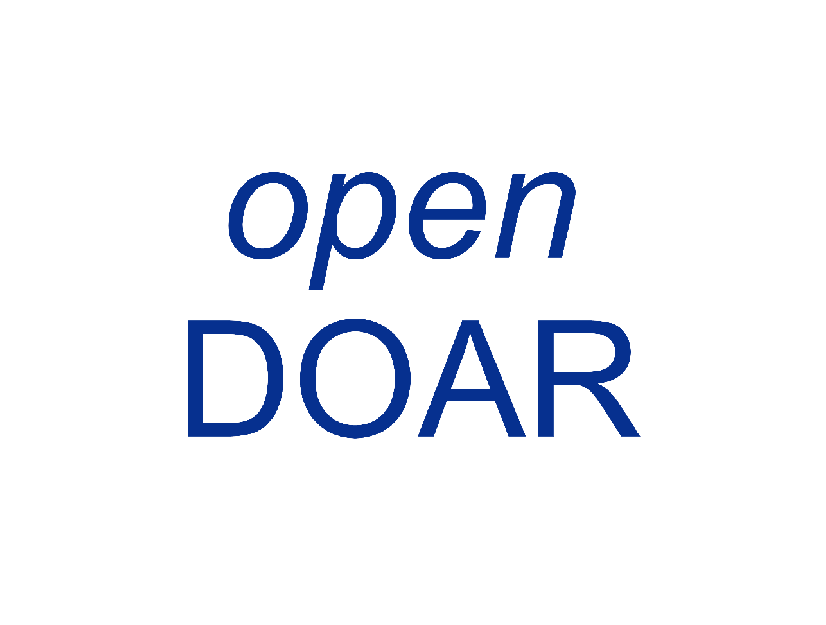Mostrar el registro sencillo del ítem
Diferencias de tres pastos: Kurumi (Pennisetum purpureum), Cuba 22 (Pennisetum spp.) y Maíz chala (Zea mays) en el rendimiento productivo de cuyes hembras (Cavia porcellus) en crecimiento - acabado
| dc.contributor.advisor | Piscoya Vargas, César Augusto | es_PE |
| dc.contributor.author | Alvarez Barrantes, Henrri Danilo | es_PE |
| dc.date.accessioned | 2025-11-07T17:53:04Z | |
| dc.date.available | 2025-11-07T17:53:04Z | |
| dc.date.issued | 2025-06-06 | |
| dc.identifier.uri | https://hdl.handle.net/20.500.12893/15536 | |
| dc.description.abstract | El consumo de carne de cuy en el Perú es una gran alternativa en la alimentación humana, por sus niveles altos de proteína, y la presencia de ácidos grasos polinsaturados, como los omegas-3 y omega-6, que son beneficiosos para la salud de las personas. Por tal se realizó el presente estudio con el objetivo de comparar Kurumi (Pennisetum purpureum), Cuba 22 (Pennisetum spp.) y Maíz chala (Zea mays), en el rendimiento productivo de cuyes (Cavia porcellus) en crecimiento – acabado. La parte experimental se realizó en la granja “Bodegones”- provincia de Lambayeque, se empleó 45 cuyes hembras de raza Kuri, distribuidos aleatoriamente en tres tratamientos: T1= maíz chala, T2= pasto cuba 22 y T3= pasto kurumi, a los cuales se le asignaron 15 gazapos destetados de 15 días de edad. El suministro de pasto se realizó diariamente, pesado día por día, el residuo de pasto fue pesado al día siguiente, también se le proporcionó concentrado diariamente en cantidades estandarizada para los tres tratamientos, se pesó los cuyes cada 15, la duración en la fase de campo fue de 75 días. En la fase de crecimiento, los pesos vivos de los cuyes fueron evaluados hasta los 60 días de edad, estos no fueron significativos (p>0.05): (T1= 772.60; T2= 765.73 y T3= 772.20 g); a diferencia de la fase de acabado hasta 90 días de edad, fueron diferentes (p<0.05): (T1= 1029.93; T2= 953.27 y T3= 925.73 g); igualmente ocurrió con el incremento de peso vivo final (p<0.05): (T1= 745.07; T2= 653.20 y T3= 620.93 g); en cuanto a la conversión alimenticia (CA) y mérito económico (ME) fase de crecimiento - acabado fueron: (CA: T1= 8.08; T2= 8.45 y T3= 8.55 g) y (ME: T1= 9.75; T2= 10.58 y T3= 10.88 g). Se concluye que en la fase de crecimiento no fue significativo la ganancia de peso vivo, pero en la fase de acabado hubo diferencias significativas en la ganancia e incremento de peso vivo; la mejor CA y ME lo alcanzó el maíz chala. | es_PE |
| dc.description.abstract | The consumption of guinea pig meat in Peru is a great alternative in human nutrition, due to its high protein levels, and the presence of polyunsaturated fatty acids, such as omega- 3 and omega-6, which are beneficial to human health. Therefore, the present study was conducted with the objective of comparing Kurumi (Pennisetum purpureum), Cuba 22 (Pennisetum spp.) and Chala corn (Zea mays), in the productive performance of guinea pigs (Cavia porcellus) in growth-finishing. The experimental part was carried out at the "Bodegones" farm in the province of Lambayeque. 45 female Kuri breed guinea pigs were used, randomly distributed in three treatments: T1 = Chala corn, T2 = Cuba 22 grass, and T3 = Kurumi grass, to which 15 weaned 15-day-old young rabbits were assigned. The grass supply was done daily, weighed day by day, the grass residue was weighed the next day, concentrate was also provided daily in standardized quantities for the three treatments, the guinea pigs were weighed every 15, the duration in the field phase was 75 days. In the growth phase, the live weights of the guinea pigs were evaluated until 60 days of age, these were not significant (p> 0.05): (T1 = 772.60; T2 = 765.73 and T3 = 772.20 g); unlike the finishing phase up to 90 days of age, they were different (p <0.05): (T1 = 1029.93; T2 = 953.27 and T3 = 925.73 g); The same occurred with the increase in final live weight (p<0.05): (T1= 745.07; T2= 653.20 and T3= 620.93 g); in terms of feed conversion (CA) and economic merit (ME) growth - finish phase were: (CA: T1= 8.08; T2= 8.45 and T3= 8.55 g) and (ME: T1= 9.75; T2= 10.58 and T3= 10.88 g). It is concluded that in the growth phase the gain in live weight was not significant, but in the finishing phase there were significant differences in the gain and increase in live weight; the best CA and ME was achieved by chala corn. | es_PE |
| dc.format | application/pdf | es_PE |
| dc.language.iso | spa | es_PE |
| dc.publisher | Universidad Nacional Pedro Ruiz Gallo | es_PE |
| dc.rights | info:eu-repo/semantics/openAccess | es_PE |
| dc.rights.uri | http://creativecommons.org/licenses/by-nc-sa/4.0/ | es_PE |
| dc.subject | Pennisetum purpureum | es_PE |
| dc.subject | Pennisetum spp | es_PE |
| dc.subject | Cuyes | es_PE |
| dc.subject | Guinea pigs | es_PE |
| dc.title | Diferencias de tres pastos: Kurumi (Pennisetum purpureum), Cuba 22 (Pennisetum spp.) y Maíz chala (Zea mays) en el rendimiento productivo de cuyes hembras (Cavia porcellus) en crecimiento - acabado | es_PE |
| dc.type | info:eu-repo/semantics/bachelorThesis | es_PE |
| thesis.degree.grantor | Universidad Nacional Pedro Ruiz Gallo - Facultad de M | es_PE |
| thesis.degree.discipline | Médico Veterinario | es_PE |
| dc.type.version | info:eu-repo/semantics/submittedVersion | es_PE |
| dc.publisher.country | PE | es_PE |
| dc.subject.ocde | http://purl.org/pe-repo/ocde/ford#4.03.00 | es_PE |
| renati.author.dni | 32883543 | |
| renati.advisor.dni | 17531144 | |
| renati.advisor.orcid | https://orcid.org/0000-0002-9515-1658 | es_PE |
| renati.type | http://purl.org/pe-repo/renati/type#tesis | es_PE |
| renati.discipline | 841016 | es_PE |
| renati.juror | Ravillet Suárez, Víctor Raul | es_PE |
| renati.juror | Baique Camacho, Dionicio | es_PE |
| renati.juror | Cruzado Seclén, Fortunato | es_PE |
Ficheros en el ítem
Este ítem aparece en la(s) siguiente(s) colección(ones)
-
Medicina Veterinaria [248]







